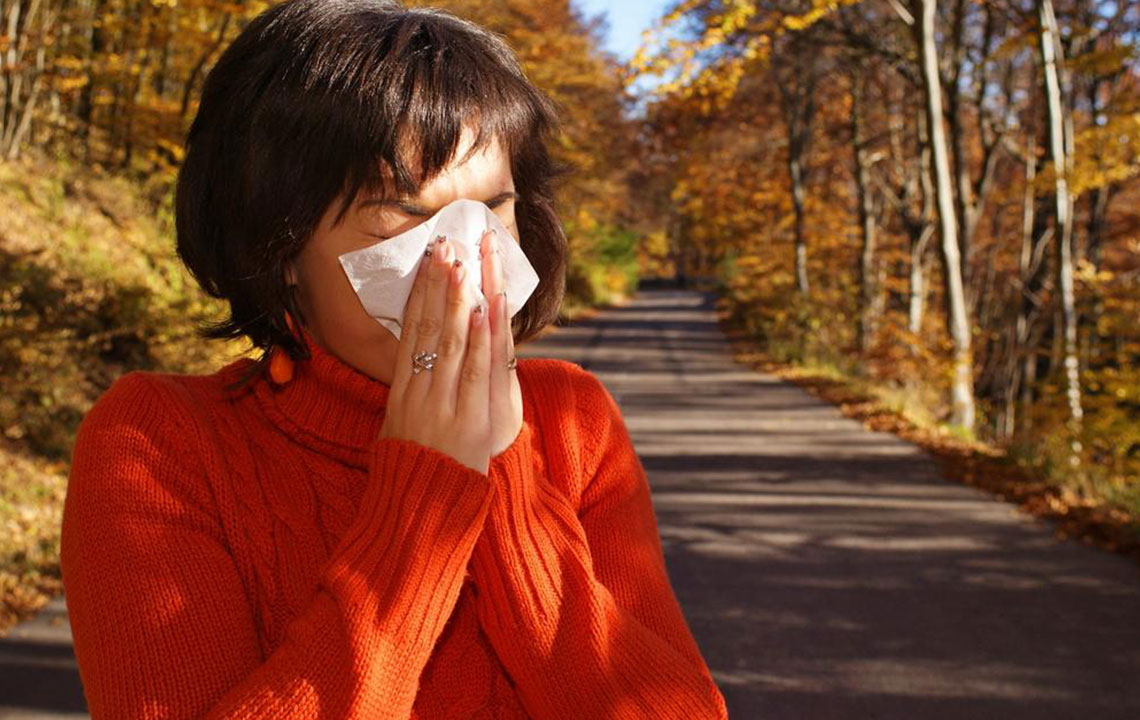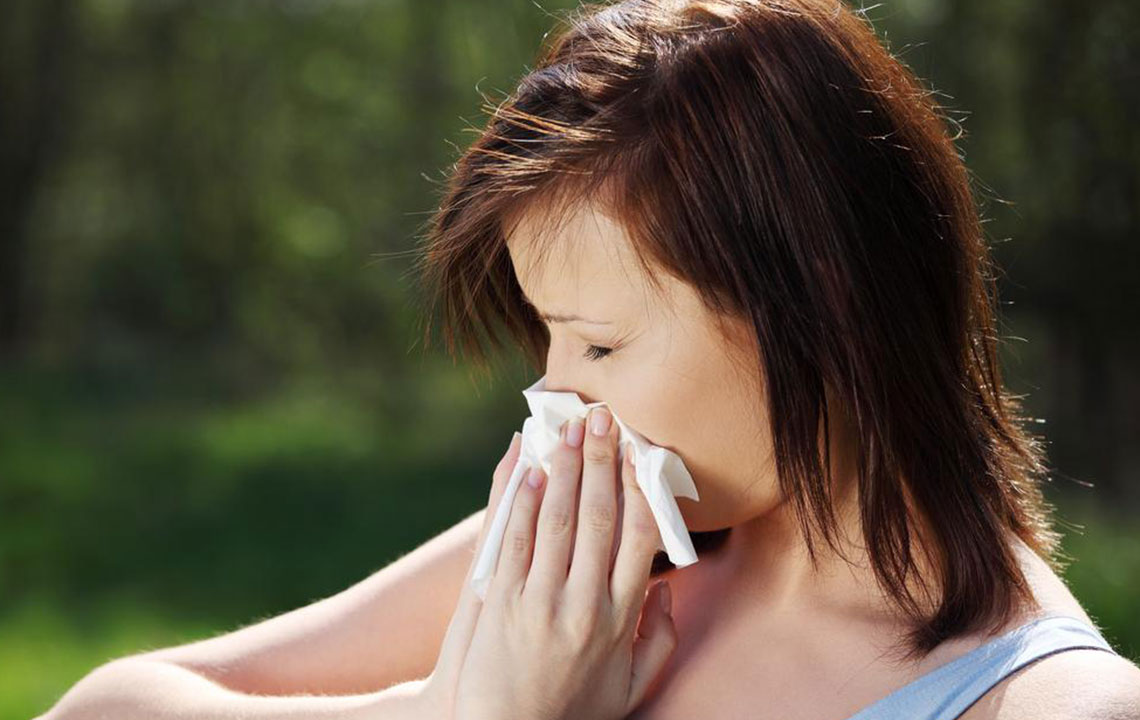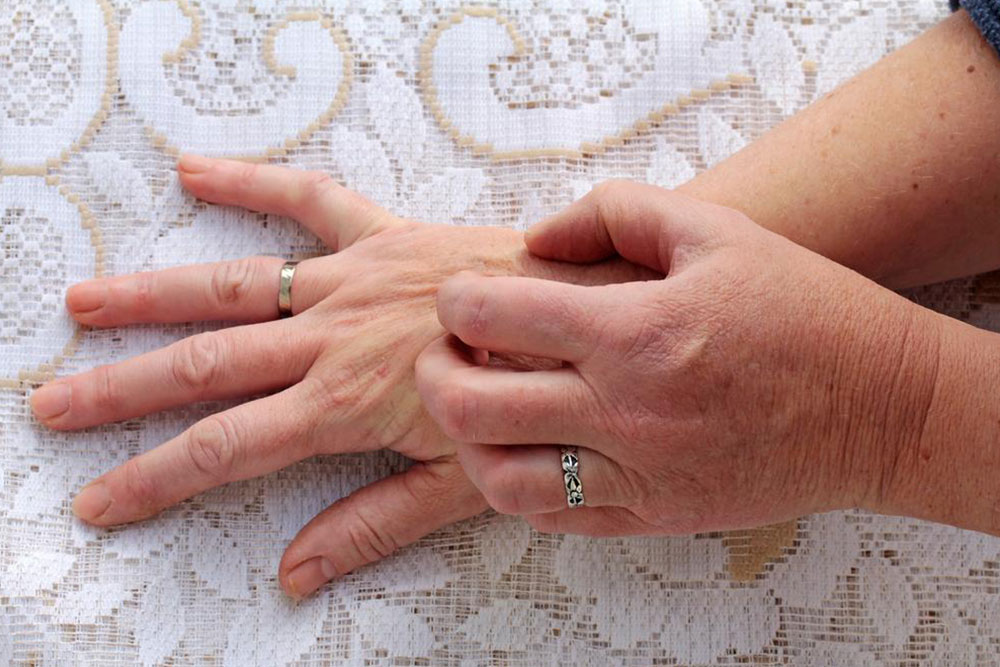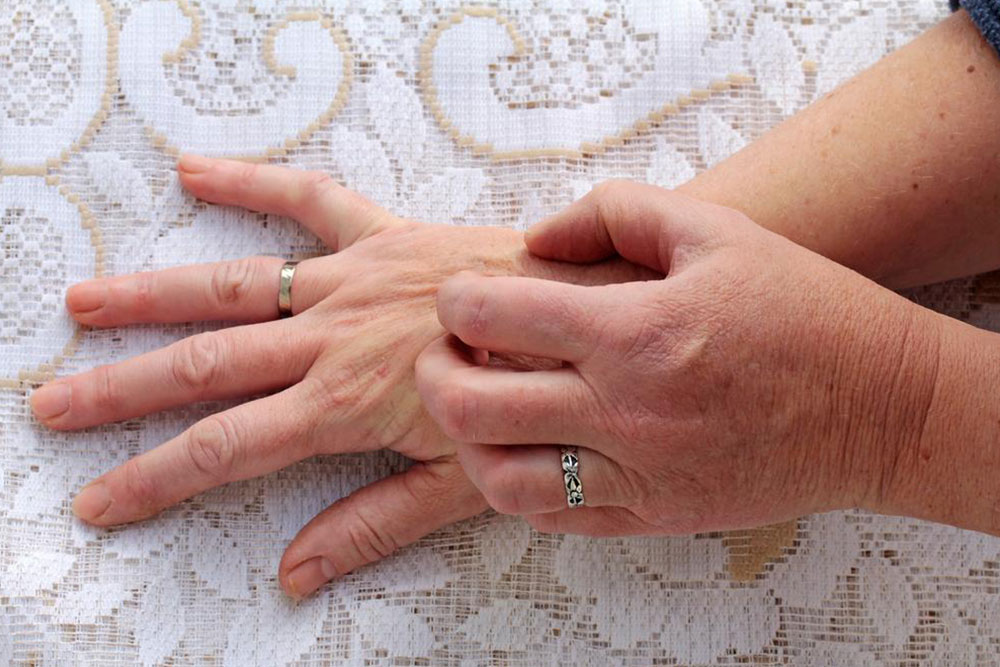Understanding Mold Allergies: Causes, Symptoms, and Remedies
Explore comprehensive insights into mold allergies, including causes, symptoms, and effective treatment options. Learn how to identify triggers and prevent symptoms with simple lifestyle changes. Early diagnosis and management are key to maintaining health, especially for those with asthma or allergy history. This guide offers practical advice to reduce exposure and handle mold-related allergic reactions effectively.

Understanding Mold Allergies: Causes, Symptoms, and Remedies
Do you experience allergy symptoms recurring across different seasons? You might be dealing with mold allergy. Similar to other allergies, mold exposure triggers immune system reactions. Molds thrive in various places like beneath sinks, bathroom floors, or basements. Many molds are airborne, making it difficult to avoid exposure entirely.
Molds are fungi whose spores can provoke allergic responses. Spores disperse during dry, windy conditions or when humidity is high, such as foggy weather. Consequently, mold allergy symptoms can appear in both dry and damp environments.
Common Causes of Mold Allergy
When foreign substances enter the body, the immune response activates. Mold allergy occurs when tiny airborne mold spores invade the respiratory system. The immune system quickly detects these spores and reacts by producing histamine, leading to symptoms like itchy eyes, watery eyes, runny nose, and repeated sneezing.
Popular molds that cause allergies include Aspergillus, Cladosporium, Penicillium, and Alternaria.
In the U.S., approximately 1000 types of mold have been identified. However, only a handful trigger allergies. Mold allergy can occur year-round since molds grow indoors and outdoors, in gardens and homes alike, regardless of season.
Signs and Symptoms of Mold Allergy
The body reacts to foreign particles by releasing histamines, which cause common allergy symptoms such as itchy eyes, runny nose, and nasal congestion. Distinguishing mold allergy from other allergies can be challenging due to symptom similarities. Typical signs include:
Frequent sneezing and nasal congestion
Dry, flaky skin
Watery, itchy eyes and throat
Nasal post-drip and cough
For asthmatics, additional issues like:
Difficult breathing or shortness of breath
Chest tightness requiring prompt treatment
These symptoms vary in intensity and are often worse in humid conditions or damp indoor and outdoor spaces.
Factors Increasing Risk
Certain factors may elevate the likelihood of mold allergy, including:
Family history of allergies
Occupations involving mold exposure such as baking, carpentry, farming, or logging
High moisture indoor environments
Poorly ventilated spaces
Outdoor or indoor areas with excess humidity
Diagnosis of Mold Allergy
Medical history evaluation is the first step. Confirmatory tests include skin prick tests, IgE blood tests, and scratch tests. A positive skin reaction indicates mold allergy.
Treatment Options for Mold Allergy
Early consultation is crucial for managing symptoms and preventing complications, especially for asthma sufferers. Prevention remains the best approach: keep living areas dry and clean, and avoid mold-prone environments. Doctors often prescribe antihistamines and nasal steroids to relieve symptoms. For some, allergy injections may help reduce reactions. Managing mold exposure and timely medication can significantly improve quality of life.
Awareness about mold presence and preventive measures can help prevent allergic reactions. Maintain cleanliness, reduce indoor humidity, and avoid exposure outdoors in damp conditions.










